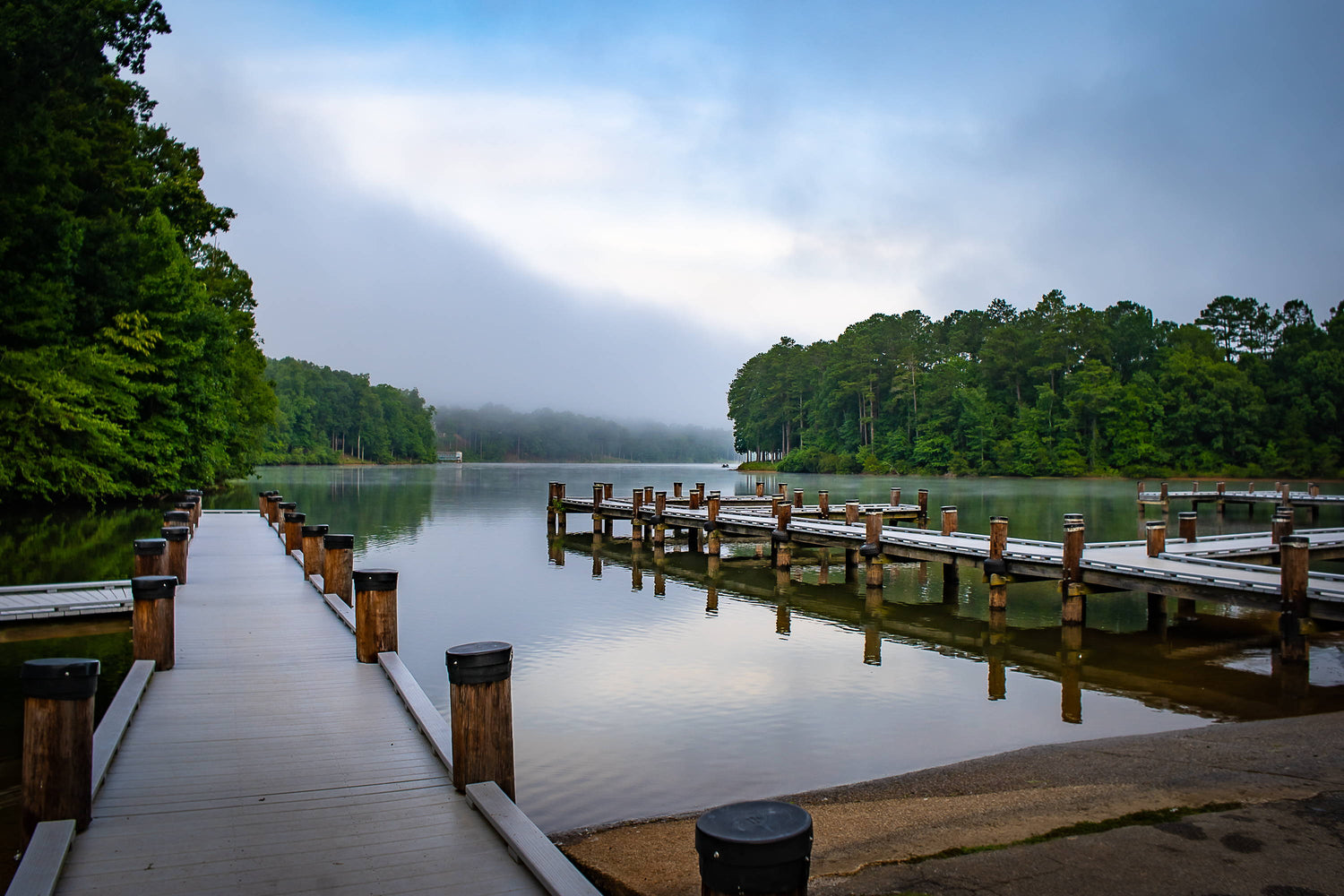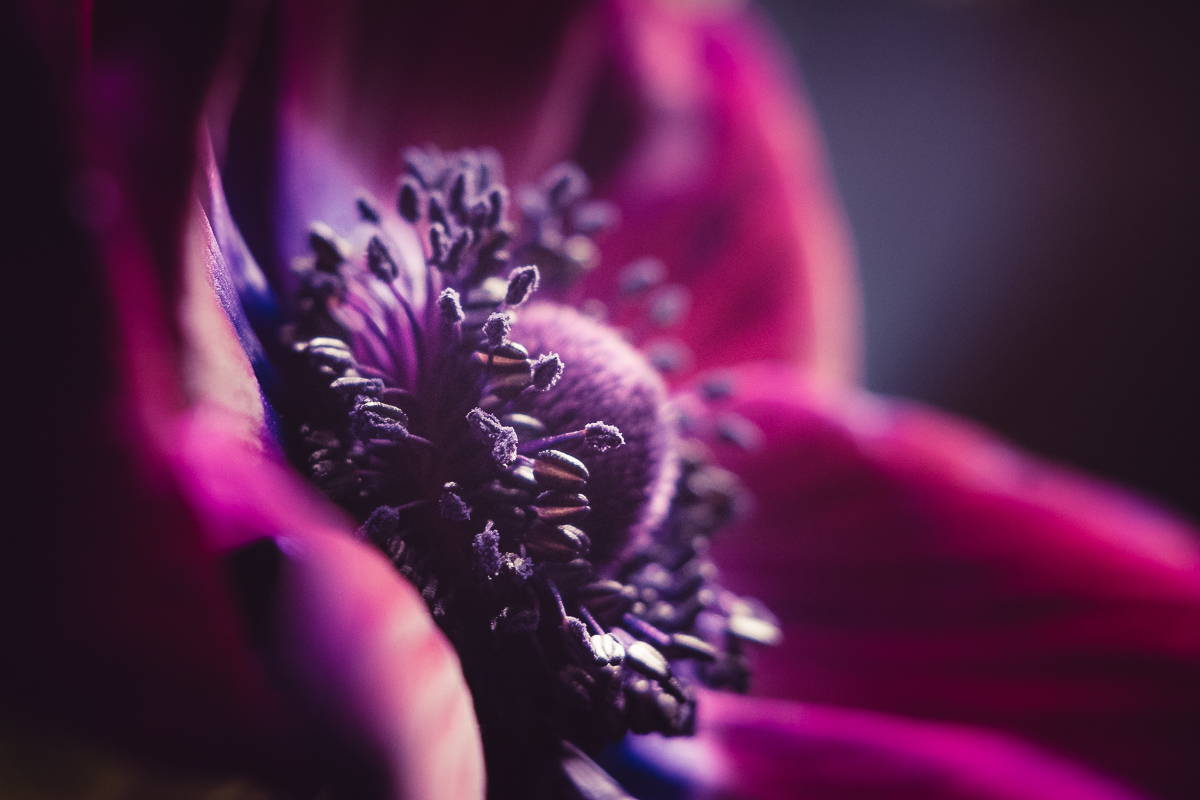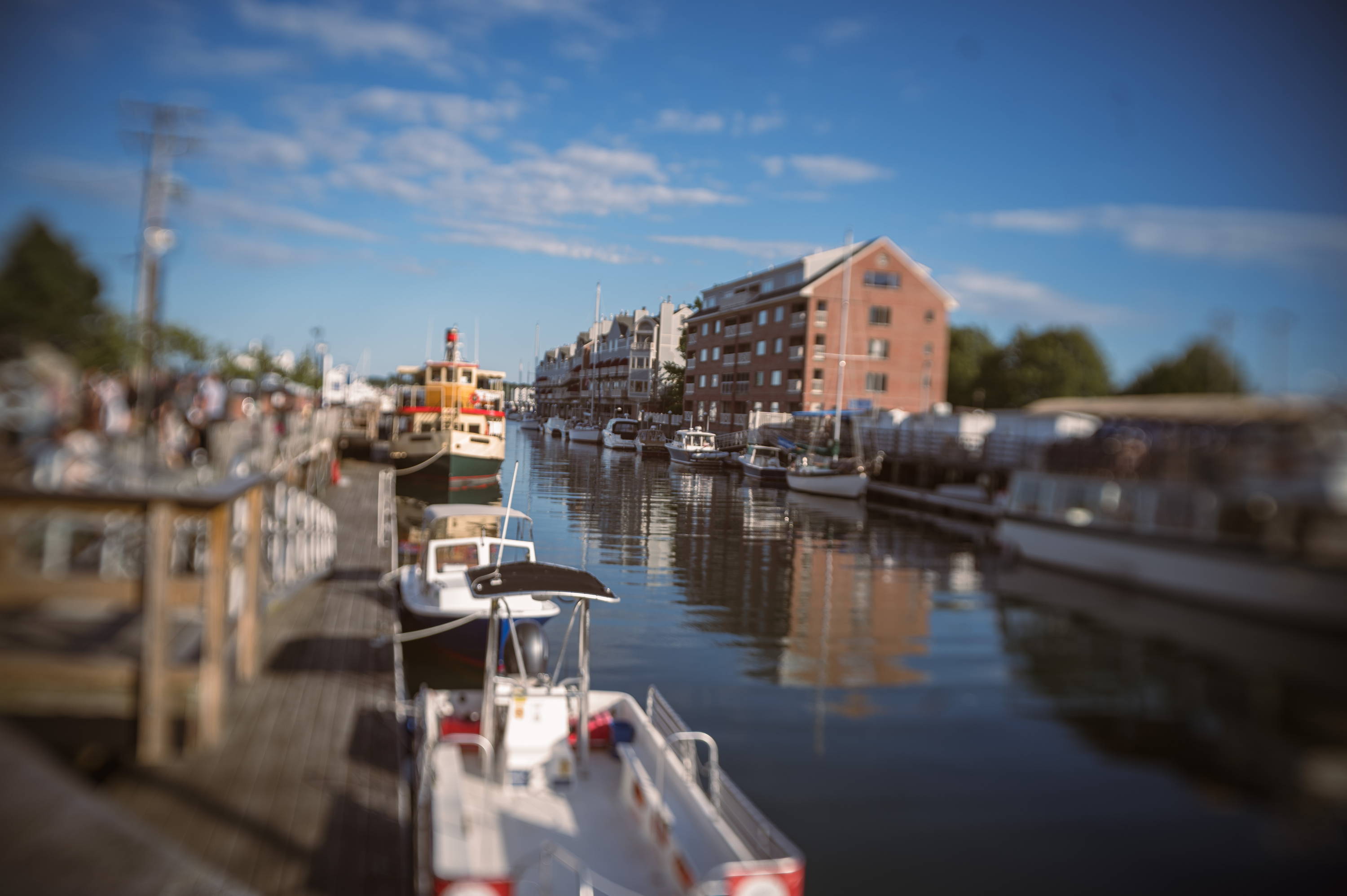Lensbaby Velvet 28 | ISO | 400 | 1/200 | Sony a7iii
Remembering years back, a Nikon F2 I bought; came with a 50 mm lens. At the time, a very popular focal length because of its normal field of view, which is close to what your eye sees. And that's as far as my knowledge went of that lens. However, it didn't take me long to realize the importance of what mm meant and how it played into my photography.
The 'mm' number printed on a lens is a measurement in millimeters of the focal length. This measurement is taken from the optical center of the lens to the camera's sensor when focused on infinity. So what's important to know is the focal length tells how much of the scene your camera will be able to capture.
Lensbaby Velvet 56 | ISO 500 | 1/200 | Sony a7
Lensbaby Velvet 85 | ISO 500 | 1/200 | Sony a7
The main difference in focal lengths is the magnification of your subject. For example, a wide-angle lens/short focal length (under 50mm) is good for taking in the broad span of a landscape, from near to far. They are good for when you want to take in more of a scene.
Laowa 15mm
A telephoto lens/long focal length (over 50mm) is good for bringing wildlife up close while allowing you the distance from your subject. Longer focal lengths are also good for portraits and sports.
Olympus M4/3, 40-150mm
Longer focal lengths appear to bring the background closer to the foreground, compressing the scene. Shorter focal lengths appear to increase the space between objects. But changes in perspective and relationship between objects in the scene are also affected by the distance we stand from our subject.
Lensbaby Circular Fisheye 5.8mm
Another important factor: The focal length of a lens is affected by the size of the camera's image sensor. All lenses are measured off the full-frame sensor. If you have an APS-C camera or micro 4/3'rds, these cameras have smaller sensors, so check the crop factor. It could be 1.5x for Nikon DX, Sony, Pentax, Fuji, 1.6x for Canon, or 2.0x for micro 4/3. To figure, take the mm of the lens multiplied by the crop factor. This then equals the effective focal length. 28 mm x 1.5 crop factor = 42 mm effective focal length. A crop sensor camera basically crops your scene in camera, giving the impression of using a longer focal length.
I often shoot with the Velvet 85 on a crop sensor to bring me closer to my subject.
Lensbaby Circular Fisheye | ISO | 400 | 1/125 | Sony a6000
Lensbaby Circular Fisheye | ISO | 3200 | 1/640 | Sony a7iii
A few more things I think are worth noting when choosing and using a lens.
* Knowing the minimum close focus distance. A wide angle can focus within inches, whereas a telephoto may close focus at 3 feet or more.
* Hyperfocal distance is partially determined by focal length.
* Filter size will not be the same as the mm of the lens and will be different from lens to lens.
* The longer the focal length, the harder it is to keep it steady. The shutter speed for a handheld should be at least twice the focal length - 50mm = 1/100 sec, etc.
* Zoom lenses are a grouping of different focal lengths as opposed to the single focal length, also known as a prime lens.
* How a crop sensor affects the effect of the lens.
* Apply the 500 rule for astrophotography to eliminate star trails. 500 divided by the focal length = exposure time. 500/24mm = 21 seconds.
"A crop sensor camera basically crops your scene in camera, giving the impression of using a longer focal length."
As you see, there are a number of factors to consider when deciding on the 'mm' of a lens for your camera and why it's important to your photography. The wide range of focal lengths available on either side of the 50 mm's normal field of view has different purposes, affecting quite a bit of the final image, each having its own distinct impact on a scene, achieving different looks. It is really up to you to decide which focal length will give you a look that meets your vision and creativity.
Lensbaby Velvet 85 | ISO 200 | 1/125 | Sony a6300
Effective 127.5 mm focal length
Want your shots featured by Lensbaby?
Be bold and shoot extraordinary! Make sure to tag your photos on IG with #Lensbaby, #ShootExtraordinary, and let us know what gear you’re using. 📸
Barbara Corley
I keep it simple in my approach to photography.
I love Lensbaby Lenses and let their character come through in my work.
Sometimes it’s subtle and sometimes more pronounced.




Leave a comment
All comments are moderated before being published.
This site is protected by hCaptcha and the hCaptcha Privacy Policy and Terms of Service apply.